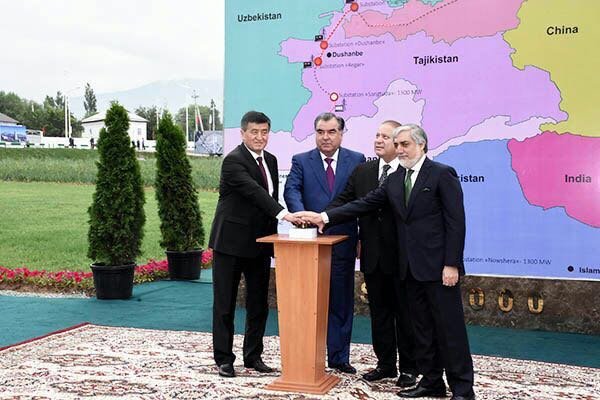
ISLAMABAD: The four countries that are part of the Central Asia-South Asia (Casa) 1,000-megawatt power supply project have opened for evaluation the technical bids received from international companies interested in providing and setting up converter stations for electricity transmission through an energy corridor.
According to officials aware of the development, Pakistan, Afghanistan, Tajikistan and Kyrgyzstan met in Dubai recently and opened technical bids filed by German, French, US and Chinese companies for the installation of converter stations under the Casa-1,000 project.
Dasu power project: Chinese firm wins Rs2.2b contracts for resettlement
The Central Asia-South Asia regional electricity market is planned to be developed in a phased manner through institutional arrangements and infrastructure building that will utilise Central Asia’s power resources to tackle energy shortages in South Asia.
“In a fresh tender, two Chinese companies, US-based General Electric, French firm Alstom, Siemens of Germany and Swedish company ABB submitted bids, expressing interest in providing converter stations,” a senior government official said.
One converter station each will be set up in Tajikistan and Pakistan. A year ago, bids had also been sought for the converter stations, which convert high-voltage direct current into alternating current or the reverse, but they were cancelled due to the high price offers made by Chinese companies.
Officials suggested that the technical evaluation process would take three to four months and after that successful bidders would come up with financial bids. Competition was mainly among Siemens, Alstom and General Electric, which were key manufacturers of converter stations, they said.
Casa-1,000 is a pilot power project for which third-party access rules have been designed. The rules allow a third country, which is not part of the original project, to export electricity.
Originally, three converter stations were planned to be set up as part of the project. However, the number has been brought down to two, which will reduce cost of the project.
The regulator - National Electric Power Regulatory Authority (Nepra) - has already approved a tariff of 9.41 cents per unit for electricity import from the Central Asian states.
This includes 5.15 cents per kilowatt-hour (kWh) in energy charges, 2.91 cents per kWh in transmission charges, 1.25 cents per kWh in transit fee for Afghanistan and wheeling charges of 0.10 cent per kWh for Tajikistan.
Already, Pakistan has been importing 73 megawatts of electricity from Iran to meet the requirement of Gwadar at a cost of 6.25 cents per unit, which is higher than the 5.15 cents that will be paid to Tajikistan.
The difference is because of the fuel as Iran consumes oil and gas for power generation while Tajikistan will supply hydroelectric power.
Pakistan and Tajikistan have also formed a joint working commission that is working on the second transmission line from the northern areas of Pakistan. This will be called second Casa power project that will meet additional energy needs of Pakistan.
Tajikistan is one of the richest countries when it comes to hydroelectric power resources. It has 4% of the world’s and 53% of Central Asia’s hydel energy resources.
Chinese firm awarded Thar power project
At present, hydroelectric power potential of the country stands at 527 billion kWh annually, of which only 4-5% is being utillised. In an effort to tap more potential, it is building the giant Rogun hydroelectric power plant. After its completion, Rogun will become the world’s tallest dam that will generate 3,600 megawatts annually with average annual production of 13.1 billion kWh.
This power plant will become one of the main electricity suppliers not only in Tajikistan, but also to Afghanistan and Pakistan. Work on the dam is going on, which will also supply electricity to Pakistan through the second transmission line.
Published in The Express Tribune, June 3rd, 2017.
Like Business on Facebook, follow @TribuneBiz on Twitter to stay informed and join in the conversation.














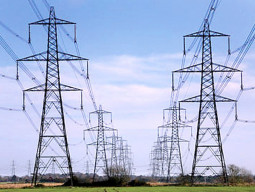
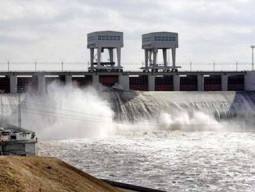
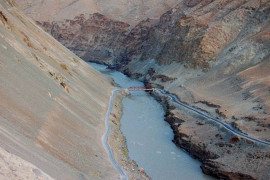


1713268762-0/Netflix-(3)1713268762-0-270x192.webp)
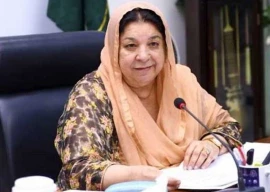























COMMENTS (1)
Comments are moderated and generally will be posted if they are on-topic and not abusive.
For more information, please see our Comments FAQ